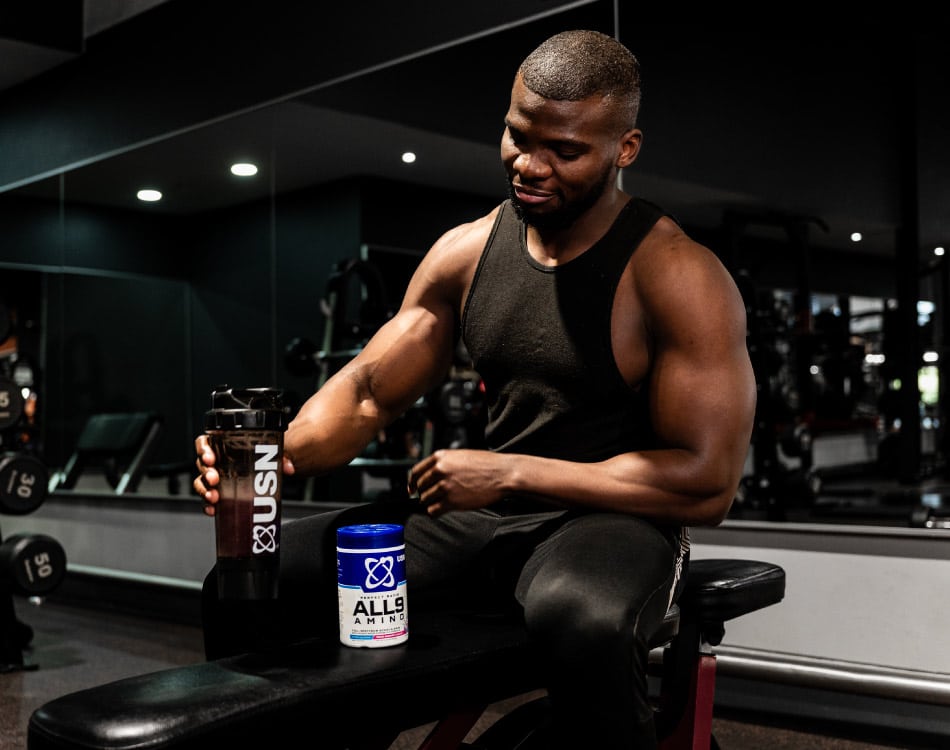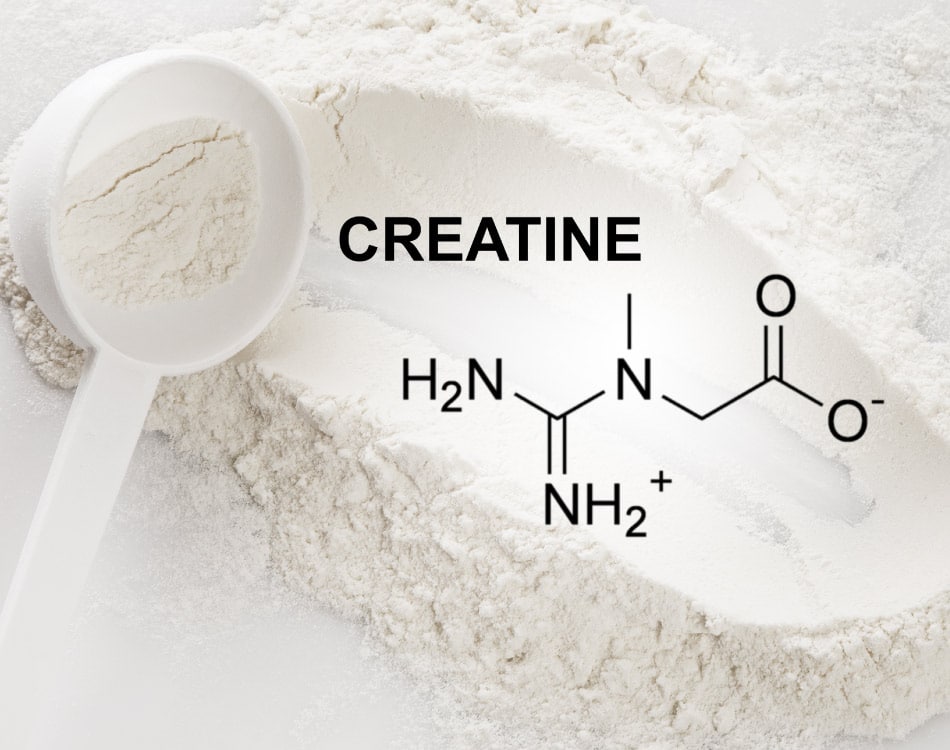Lactic acid is a term that strikes fear into the hearts of many athletes, from gym-goers to endurance athletes alike.
But it is one of the most misunderstood chemical compounds produced by the body, and our general understanding of the role it plays in exercise performance has been shaped by a great deal of ‘bro-science‘ and misconception.
In the case of lactic acid, the physique-conscious among us have been part of a relatively small group of recreational athletes who actively choose to chase ‘the burn’, to induce those sleeve-splitting pumps, in spite of the fact that conventional health and fitness wisdom held that lactic acid was merely an undesirable, rate limiting by-product of exercise.
What the bros say
As the bro-science goes, that ‘burn’ is generally attributed to the accumulation of lactic acid. While that is not technically incorrect, the term lactic acid isn’t that accurate. What actually happens is the accumulation of lactate and hydrogen ions, and it is the hydrogen that creates a more acidic state that results in the ‘burn’.
Another common misconception has been that training at this intensity increases the extent of next day muscle soreness, or DOMS. Contrary to this popular belief, lactic acid build-up is not responsible for the muscle soreness felt following intense or strenuous exercise. Researchers who have examined lactate levels immediately after exercise found little correlation with the level of next-day muscle soreness experienced.
Beyond the threshold
Where the bro-science seems to be correct though is the idea that there are numerous benefits to be gained from training at or above your lactate threshold (LT) – the point during training when the intensity of exercise leads to the accumulation of lactate and hydrogen ions in the body above a certain point.
While the reasoning for this approach to training may not have always been sound, we now know that lactic acid – lactate to be more specific – is not an undesirable by-product of exercise. In fact, it plays an important role in energy production during high intensity exercise and helps to boost the anabolic hormonal cascade that results after intense training.
More interestingly, though, it seems that lactate actually helps to extend the time to muscular fatigue, rather than cause it. Your LT is the point during exercise when the intensity of your effort forces your body to switch from aerobic to anaerobic metabolism to sustain that activity, and lactate plays an important role in energy production in the absence of oxygen.
The major benefit of training above your LT for those who lift weights, be it to develop bigger or stronger muscles, is the effect this type of training has on the production of the key anabolic hormones – testosterone and human growth hormone (hGH).
Source of ernergy
The other important aspect of lactic acid worth discussing further is the role it plays in energy production. Lactate is resynthesized by the liver to form more glucose during anaerobic exercise, which effectively provides working muscles with more energy.
Some of the lactate produced is also released into the blood stream and used directly as a fuel by cardiac muscle. More importantly though, more recent research has shown that a large portion of lactate is actually metabolised in the muscle cell itself – in the mitochondria – to provide a direct fuel source for working muscles. As such, lactate has both a direct and indirect effect on energy production during intense exercise.
Furthermore, lactate accumulation in muscle tissue also seems delays fatigue by mitigating the effects of depolarisation, which is a change in ion concentrations on either side of the muscle cell wall that initiates a contraction of muscle fibres by creating an action potential. As muscle contractions are regulated by calcium ion concentrations an acute change in the concentrations during prolonged and/or intense exercise eventually contributes to the decline of performance. The accumulation of lactate in muscle tissue during intense exercise partly counteracts the effect of depolarisation.
Adaptive response
And a final point worth noting is the fact that lactate plays a central role in the body’s adaptive response to exercise. Without it there wouldn’t be the same compensatory response to intense training as is experienced when doing HIIT-type training of any kind.
This exercise response is said to stimulate a phenomenon called mitochondrial biogenesis, which increases the concentration of mitochondria inside muscle cells making you more efficient at energy production, be it from glucose, fat or ATP. It is one of the most important adaptations to training for improved performance and enhanced metabolic function, which have applications in both sport and physique development.

















Leave A Comment